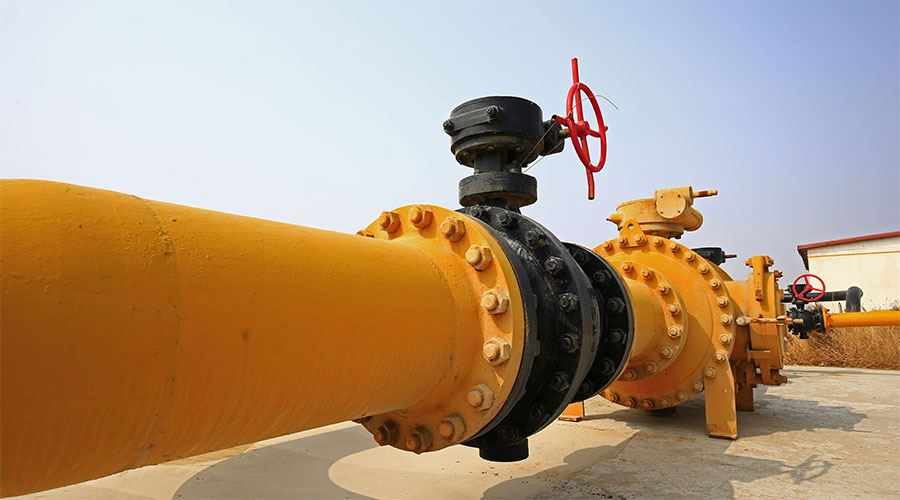Forecasts for oil prices in the second half of 2012 and on into 2013 are varied, but there's one point on which virtually all agree: Oil prices won't be going down.
One reason is that oil prices have already dropped substantially in recent weeks.
In fact, oil futures—as measured by the July New York Mercantile Exchange (NYMEX) contract for West Texas Intermediate (WTI) crude—closed below $90 per barrel last week, the lowest level for an active contract since October 2011. That's down $17 a barrel since the beginning of May.
Two factors have contributed to the decline in oil prices:
- A modest increase in U.S. crude supplies—up 3.8% in April from March levels and 1.5% from a year ago—primarily due to continued low demand as a result of the slower-than-expected economic recovery.
- Increasing strength in the U.S. dollar—the global pricing currency for crude oil—due to safe-haven buying in response to continued concerns over Eurozone instability.
<strong>Oil Prices Continue to Climb</strong>
Longer-term, however, both of those situations should stabilize, and then reverse—meaning current oil price levels will likely serve as a base for a rebound in the second half of the year, continuing into 2013.
Even so, the leading "official" sources for oil-price forecasts aren't projecting major spikes, either.
The U.S. Energy Information Association (EIA), in its most recent report issued May 8, predicted prices for WTI crude will average about $104 a barrel for the rest of the year, and that costs to refiners for all crude—domestic and imported—will average $110 a barrel.
The WTI number is down $2 a barrel from March estimates, but $9 a barrel higher than the 2011 average, while the refiners' cost figure is up $8 from 2011.
The American Petroleum Institute (API), a trade organization of more than 500 oil and natural gas companies, didn't issue price forecasts for crude in its most recent (May 18) report, but noted that increased domestic production, slightly higher crude oil stocks (374.8 million barrels) and lower imports in April should serve to keep prices stable to modestly higher going forward.
API also expressed optimism that rising crude production in North Dakota, which hit 551,000 barrels per day in March, and a possible reversal of President Obama's rejection of the Keystone Pipeline project could keep price hikes in check for the remainder of the year.
Such optimism wasn't nearly as prevalent among many private analysts and industry commentators. Several noted that, while the stagnant economy is keeping demand in check in the U.S. and Europe, the same can't be said for the rest of the world.
Demand has been rising steadily in China, India and many other emerging markets. Consumers are clamoring for more energy-intensive products, private vehicles and improved transportation as their countries lead the global recovery.
Money Morning Chief Investment Strategist Keith Fitz-Gerald recently cited one independent study that projected a 25% increase in demand by 2015. That translates to an increase from the current level of 89 million barrels a day to 105 million barrels.
If you assume the 25% jump in demand would produce a 25% increase in price, you're looking at a jump from today's $90 a barrel to a minimum of $112.50.
Geopolitics and Oil Prices
Of course, as Fitz-Gerald also noted, demand isn't the only driving force in oil prices. Also contributing, he says, are geopolitics, supply constrictions, wars and tyrants with their hand on crude spigots.
Relative to all of those considerations, Money Morning's own energy expert, Dr. Kent Moors, recently issued a special report that sees three situations that could send crude prices soaring—perhaps to $200 a barrel or even higher.
One is a growing supply shortage in Europe—already suffering from the loss of Libyan oil, production problems in the North Sea and diversion of Russian oil to Asia—a shortage that could skyrocket to 600,000 barrels a day (18 million a month) if a proposed embargo of Iranian oil in protest of that country's nuclear ambitions goes into effect July 1.
The second is a threat by Iran to respond to sanctions by shutting down the Strait of Hormuz, through which 17 million barrels of Middle Eastern crude travel to Western refineries every day.
The third is the possibility that Israel could stage a pre-emptive strike against Iran to stop its nuclear weapons program, thus plunging the Middle East into war and disrupting the global oil-supply chain.
Moors says any one of those events would push crude sharply higher. Estimates for the impact on prices if all three occur range from $200 a barrel to as high as $440. Those numbers may seem extreme, but they're not out of the question.
And, even if none of those events come to pass, oil prices will nevertheless almost certainly move higher in the second half.
As Fitz-Gerald notes: "Every serious study I've seen suggests an increase in (oil) demand. It's only logical that prices will follow."
Given that, if you're looking for a place to put your commodity dollars for the rest of 2012, oil seems to be one of the few sure things out there.
But don't wait until it's too late. . .
What Dr. Moors recently learned on his way to an emergency meeting at Windsor Castle leads him to believe that a dramatic move higher is imminent. If so, investors stand to make as much as twelve times their money.
Larry Spears
Money Morning


























































